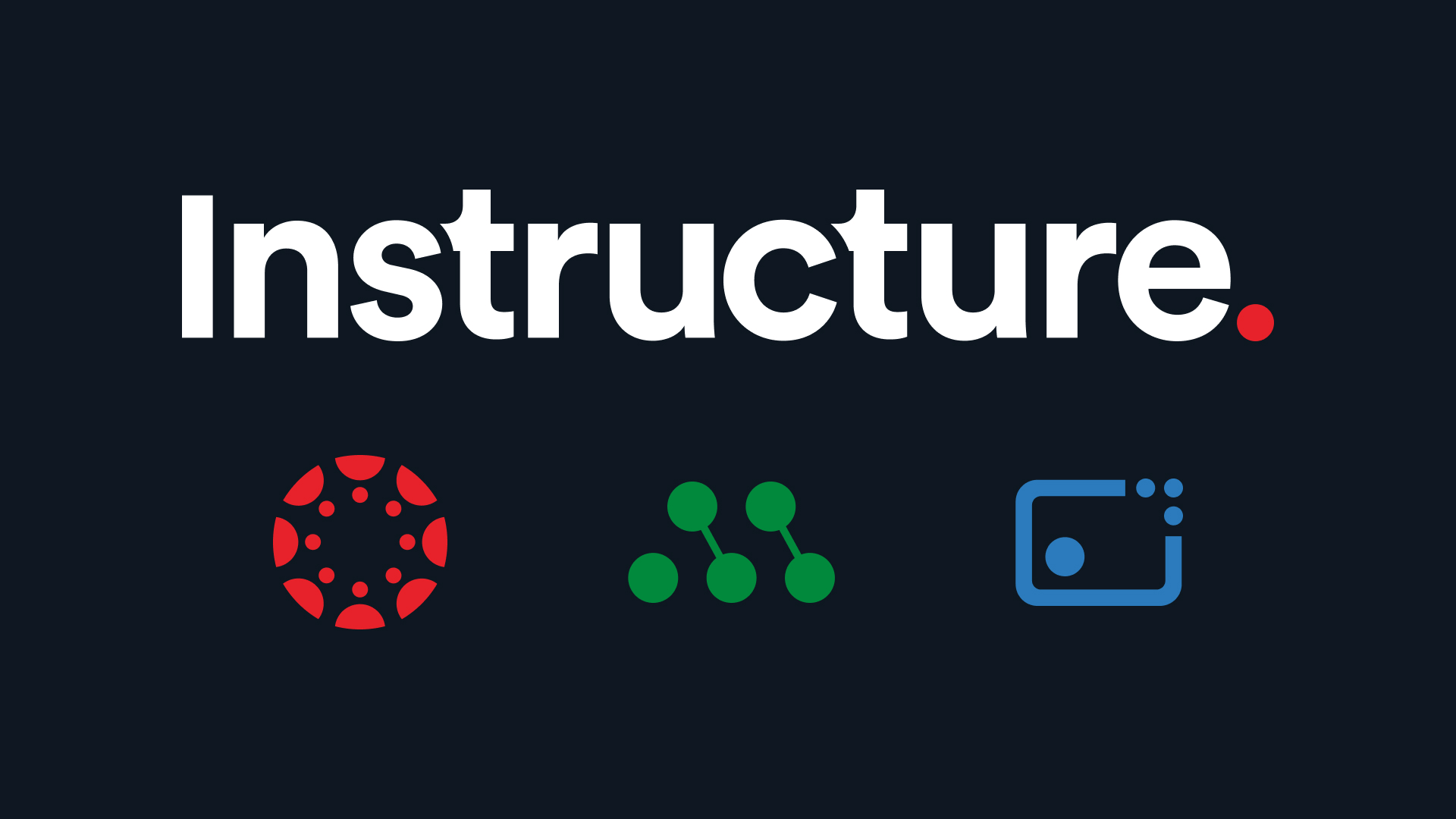*Editor's Note: This article first appeared on the District Administration website.
A new study by the National Education Association (NEA) reports that 55% of America’s teachers are ready to leave the profession due to burnout. That’s a staggering figure, but not very surprising.
Since surviving that colossal shift to emergency remote learning in spring 2020, teachers have endured two years of constant disruption and anxiety on the job. Add the highly politicized controversies, from critical race theory to masks in school, and our nations’ teachers experience daily uncertainty—feeling like they’re under the microscope and never quite knowing what to expect next.
As the COVID-19 crisis evolves from epidemic to endemic, how do we help teachers regain their love of teaching? Here are five ideas:
Everything Starts at the Top
During the crisis, administrators have also been on the front lines. Overnight their jobs morphed from leadership to management…of numbers, attendance, human resources, and never-ending crises. According to the National Association of Secondary School Principals (NASSP) 2020 survey, 42% of principals surveyed indicated they were considering leaving their roles. And that was prior to the pandemic.
Nonetheless, administrators remain the most impactful factor in influencing the day-to-day quality of life for teachers. We must prioritize getting back to a place where administrators can support teachers’ professional and emotional well-being above all else.
First and foremost that means setting a strong vision for schools. Every school has a mission statement; some conduct vision-setting workshops to unpack how that mission plays out in practice. Values can’t just be statements on a piece of paper. A strong leader consistently reinforces those values in all decision-making situations, going to bat for teachers in a faculty meeting or one-on-one with parents.
Celebrate Small Victories
Teachers likely aren’t experiencing the usual “wins” they’re accustomed to, which fuel their passion. Many students are not at the same level that past groups were and that can be discouraging. Students have been forced to learn differently as educators instituted new approaches and at times entirely new curricula and learning materials. Teachers will need to adjust their measuring sticks, identify where students are, and move them along the learning continuum. This process might take time to reach grade-level expectations.
In the meantime, we must prioritize teachers’ sense of success to support their own emotional health. We celebrate incremental wins for students, so let’s do the same for teachers during this transitional period. Consider those instances when a teacher realizes students aren’t reaching prerequisites and circles back to help them achieve mastery. Maybe it’s reaching 100% attendance or trying out a new engagement strategy and tracking an increase in participation. Or perhaps it’s as simple as defusing a situation with an upset parent. There are countless possibilities in each school day.
Invest in a Balanced Assessment Approach
Assessment is an essential tool for teachers to better understand the needs of their students. Increasingly, educators are pushing to adopt a more balanced approach that emphasizes the use of a variety of methods, putting less emphasis on the high-stakes summative tests and more emphasis on formative and interim assessments.
According to Instructure’s recent State of Assessment in K-12 Education survey, 94% of educators are using formative assessments and 81% are using interim assessments to support student learning. However, an overwhelming majority (84%) are having to create their own tests, and more than half say they spend too much time doing so.
Part of the push to move towards a balanced approach has been technology’s abilities to both deliver assessments and disseminate and disaggregate data easily. That translates to saved time in the classroom, with students spending less on testing, and teachers getting back much-needed instructional hours. Plus, with the right technology, teachers’ speed to provide appropriate instruction to benefit their students can be greatly improved. Perhaps most importantly, it provides teachers the ability to quickly identify and address the individual needs of students.
Return to Collaboration and Reconnect
Teaching is a process of learning in itself. In a normal school year, teachers in the same grade level or department will frequently meet to plan curriculum and discuss data. They crowdsource some of the work to continuously improve their craft, and they connect with other educators just to recharge. For many, this cycle has taken a back burner in the interests of survival. As we wrap up this school year and head into next fall, we must prioritize that reconnection with colleagues, and the ability to collaborate–to divide and conquer, to work smarter not harder.
For many, that also means reconnecting with students in person every day. Teachers need that immediate feedback loop to continuously iterate, to receive cues for who’s engaged—who’s getting it, who’s still confused, or who’s doodling or falling asleep on their desk. These moments of human connection are what make teaching so powerful.
What Teachers Can Do Today
I often think back to writing my Philosophy of Education in college. Most teachers will remember these statements. It felt tedious at the time, but it’s a great exercise to let future educators define their “whys.” As an administrator, I loved talking to teacher candidates about why they chose education. You could always see the passion to make a difference in their eyes as they recounted their own “why.”
So now more than ever, I encourage all educators to remember your personal “why” and hold on to that reason just a bit longer. Because someday soon the challenges of COVID-19 will be a memory, and educators everywhere will be back focused on the profession they love and making a difference in the lives of their students.
Related Content
 inst-3step.jpg
inst-3step.jpgBlogs

Blogs
 digging_deep_into_2025s_learning_trends_the_state_of_higher_education_in_anz_-_thumbnail_1.png
digging_deep_into_2025s_learning_trends_the_state_of_higher_education_in_anz_-_thumbnail_1.pngBlogs

